Driving through the countryside, it’s easy to think there are only a few cows that are grazing peacefully in the pastures of the world, but the reality is there are millions of cows around the world.
I set out on a mission to find out how many cows are in the world, where we can find them, and just what having so many cows does to the world we all live in.
Top 10 Most Mind-Blowing Stats
- Stats of 2022 Say the Number of Cows Worldwide Is Over 1.5 Billion
- In 2021, Uruguay Had the Highest Per Capita Cattle Number at 3.45
- In New Zealand, the Number of Cows is Higher than the Total Population
- Cows Have the Highest Population Numbers Among All Mammalian Livestock
- According to Stats of 2024, India Has the Highest Cattle Population of 307.42 Million
- There Are 194.4 Million Cows in Brazil
- In China, the Number of Cows Is 105.08 Million
- There Are 89.3 Million Cows in the US
- The Number of Beef Cows in the US Is 28.9 Million
- Almost 231 Pounds of Methane Gas Is Produced per Year by Cows
How Many Cows Are in the World
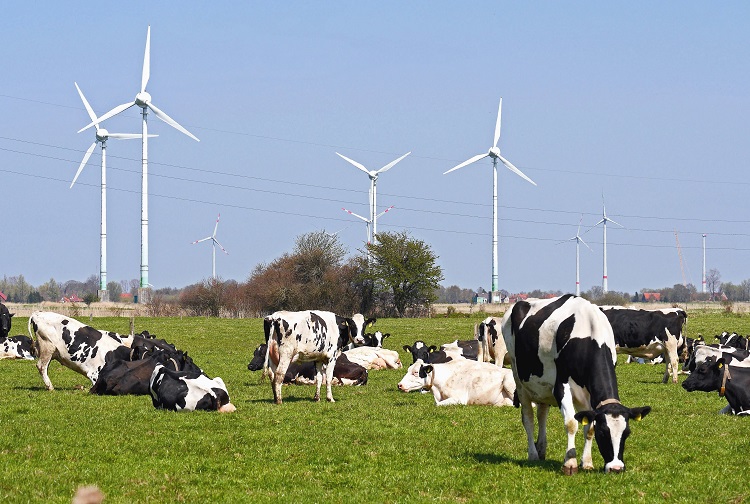
There are many different cow breeds, and some of these are bred for meat, while others are kept for milk. Still, more cows are bred for both meat and milk, while others are bred for their long fur or thick leather hides.
In some native cultures, cows are seen as the equivalent of money, and in the modern world, the price of a cow will leave most of us gasping.
According to Stats of 2022, the Number of Cows Worldwide Is Over 1.5 Billion (US Department of Agriculture, FAO)
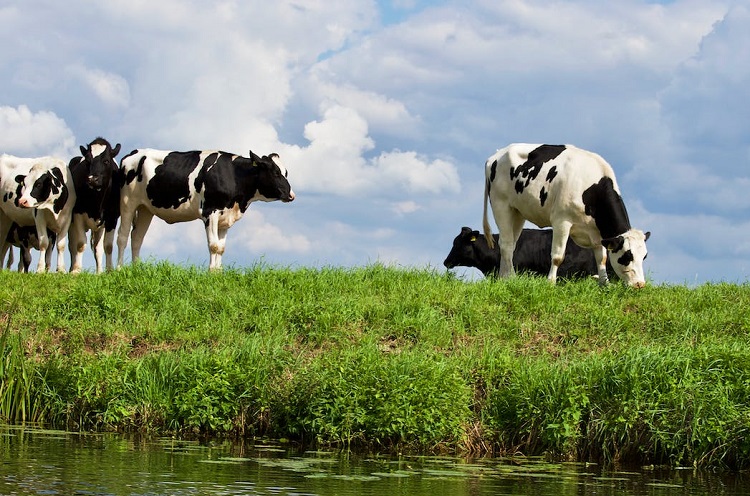
Of the hundreds of cows or cattle species worldwide, there are an estimated 1.5 billion cows spread across the world. Some estimate this number to be even higher, with the Food and Agriculture Organization.
Our findings are that there are closer to 1.5 billion cows worldwide. However, according to 2023 studies by USDA, there are approximately 1 billion (942.63 million to be exact) cattle stocks in the world.
In 2014, according to Our World in Data, cattle stocks numbered 1.47 billion head of cattle worldwide.
According to Stats of 2021, Uruguay Had the Highest Per Capita Cattle Number at 3.45 (FAS, USDA)
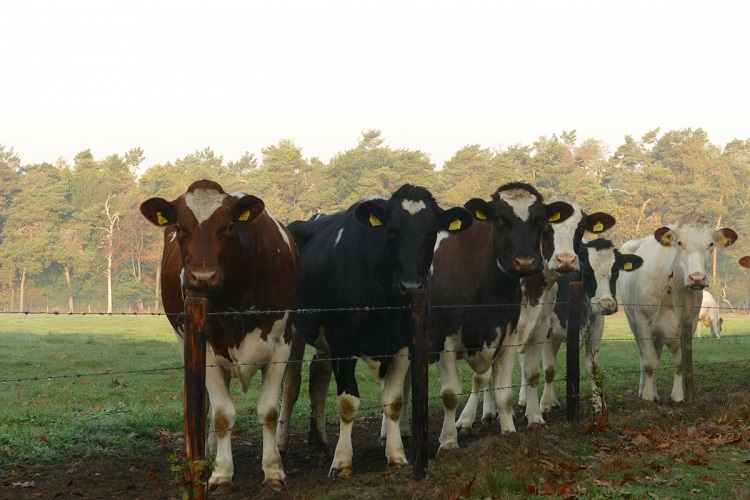
According to USDA, the world number of cows per person is 0.13 cows. Uruguay has the most cows per person at 3.45 cows per person, followed closely by New Zealand at 2.10 cows per person.
There are five people for each cow on Earth. (source)
In New Zealand, the Number of Cows is Higher than the Total Population (govt.nz)
The latest research shows there are almost 9.6 million (dairy cattle 5.8 million + beef cattle 3.8 million) cows in New Zealand, and the total population of the country is 5.2 million. The population of dairy and meat cows in New Zealand reached the level of 5.8 million head of cows in 2009 as opposed to the total population of New Zealand, which only reached 4.3 million, according to the Guardian.
The number dropped significantly in 2023, with 2.10 cows per person in New Zealand.
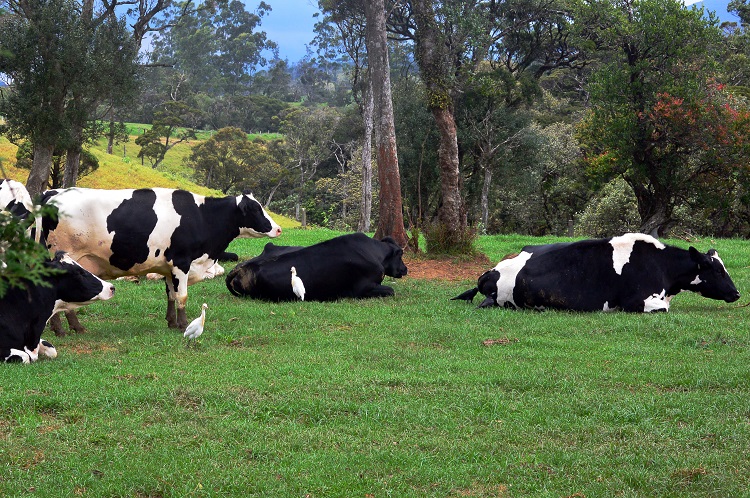
While it’s unlikely that any New Zealander is going to eat a cow all by themself (I wouldn’t), the number of cows per capita is unusually high due to the excellent grazing and many dairy cows.
Cows Have the Highest Population Numbers Among All Mammalian Livestock (Beef2live)
There are more cows in the world than pigs, sheep, or other four-legged livestock.
Chickens outnumber cattle as they are easier to produce, more cost-effective, and in high demand. There are four chickens per person on the planet.
Cow Domestication as Livestock Started Almost 10,000 Years Ago (Sci News)
Cattle were first domesticated around 8,000 BCE by the Chinese, and from there, other countries proceeded to domesticate and breed steers and cattle for human consumption.
Sci News reports that cattle were also being domesticated in the Near East, and soon, great herds of cattle were roaming across the plains of Africa and Europe. Some cows even made their way to the Americas.
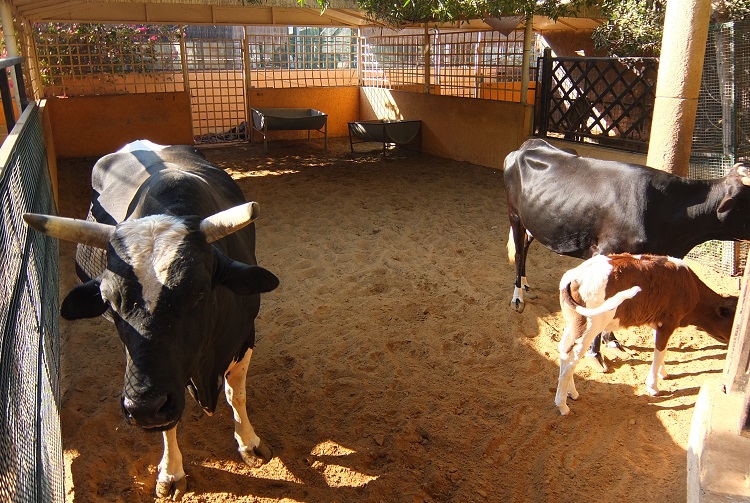
Domestication refers to the produced efforts to rear cattle for various human needs, including meat, milk, hides, and other byproducts. However, cows also have a long history of being used as beasts of burden. They were used to pull plows and wagons, and they were even ridden in some countries.
I’ve even seen cows being used today for riding, as pets, and even as therapy animals. The story of Luna, the leaping cow, as reported by Al Jazeera, went viral, inspiring many other teens to saddle up steers and start training cows to perform amazing tricks.
Who knew 10,000 years ago that this is where we’d end with cows today?
Countries with the Highest Cows Population
Cows are considered live gold in many countries as the value of cattle meat is substantial. Red meat is one of the most expensive meat types available today, and certain prize cuts, such as Japanese Kobe, can fetch as much as $300 per pound.
Cattle are expensive to raise, and it takes time for steers to reach the age when they can be slaughtered, but many countries still produce cattle by several million heads each year.
According to Stats of 2024, India Has the Highest Cattle Population of 307.42 Million (USDA)

India has an estimated 307,420,000 cattle, coming to a total of 0.22 cows per person living in India. This figure is said to increase, but despite the demand for red meat remaining steady in 2024, India doesn’t export more beef for slaughter.
In India, the consumption of red meat from cattle is forbidden, and most cows are considered sacred, so the local population only consumes milk from the cows.
There Are 194.4 Million Cows in Brazil (USDA)
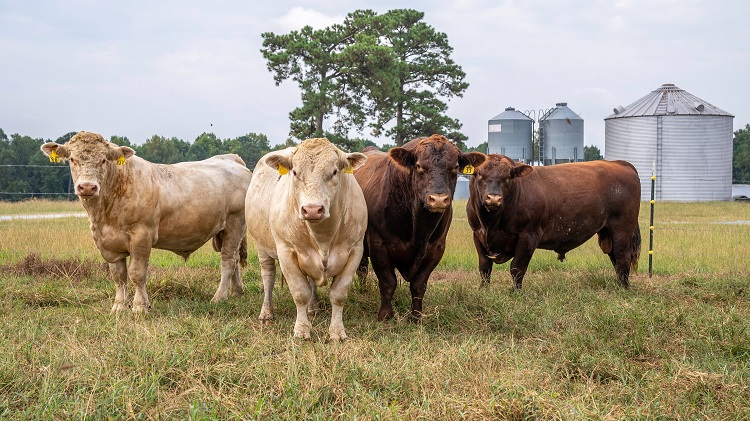
In 2016, Brazil had 219 million cows, according to Agrovet Market. This made Brazil the number two producer of cattle in the world. I noted that USDA has indicated Brazil retains the number two position with 194,365,000 cattle in 2023.
In China, the Number of Cows Is 105.08 Million (NBS)
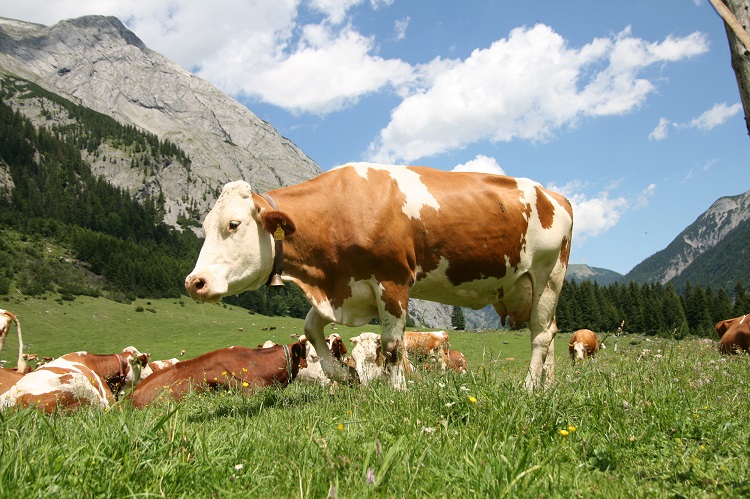
Agrovet Market further reported that China had a cattle population of 100.2 million cattle in 2016. The numbers have increased, but it’s observed that China is reducing the burden of raising beef in favor of increased chicken production. According to a recent report, the cattle population of China rang in at 105.08 million.
India, Brazil, and China Jointly Produce 64% of the World’s Cow Population (Beef2live)
While the fact that three countries (India, China, and Brazil) produce 64% of the world’s cattle population is impressive, it’s mind-blowing that seven countries of the world produce 94% of the global cattle population.
The US, Brazil, China, the EU, Australia, Argentina, and Mexico have the honor of producing most of the world’s beef population.
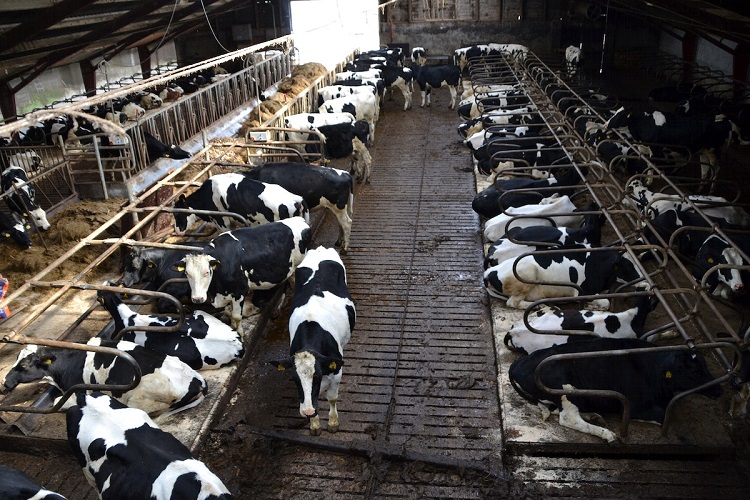
The Remaining 41% of the Cow Population (Out of 94%) Reside in Mexico, the US, the European Union, Australia, and Argentina (Beef Market Central)
China and Brazil produce 13% and 18% of the world’s beef production respectively, and the remaining beef production is divided between the US at 20%, Argentina at 5%, Australia at 4%, the European Union at 11% and Mexico at 4%. (source)
The rest of the world’s cattle population is found in countries like Uruguay, Canada, Turkey, and South Korea.
How Many Cows Are There in the United States
Closer to home, while I drove down another country lane, gazing at the beautiful cattle next to the road, I wondered about the US state of cattle. With my question on how many cows are in the world answered, I decided to look into just how many cows are in the US.
There Are 89.3 Million Cows in the US (US Department of Agriculture)

I was stunned to learn that the total cattle inventory in the US had dropped by 3% in 2023 from 2022, but the total was still an impressive 89.3 million heads of cattle. Of this figure, the beef cows totaled 28.9 million, while the milk cows totaled 9.4 million. (source)
Looking after the future of the beef industry, 34.5 million calves were counted. So, it’s safe to say your next hamburger will be secure.
In 1996, the Number of Cows in the US was 103.8 Million (US Department of Agriculture)
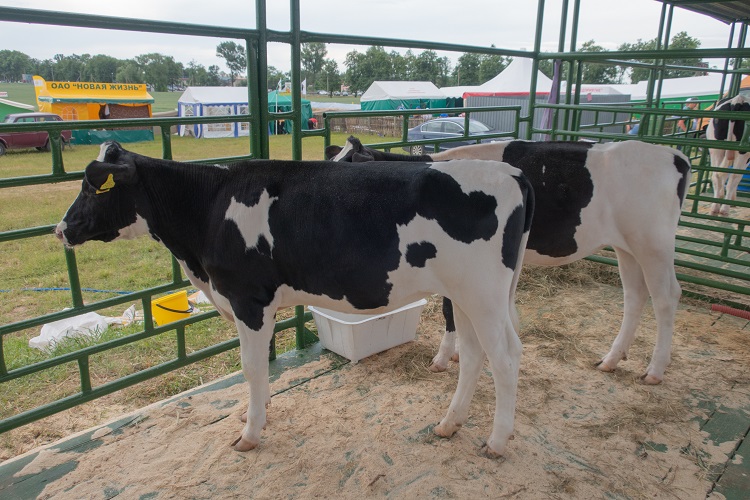
Interestingly, the cattle numbers were substantially higher in 1996 at 103.8 million heads of cattle compared to the current levels of 89.3 million cattle in the US.
Whether the levels have changed due to farming methods or because cattle are being slaughtered much more quickly and at younger ages is debatable, but with factory farming methods increasing, I suspect that cattle are farmed more intensely in smaller numbers to meet market demands.
The Number of Beef Cows in the US Is 28.9 Million (US Department of Agriculture)
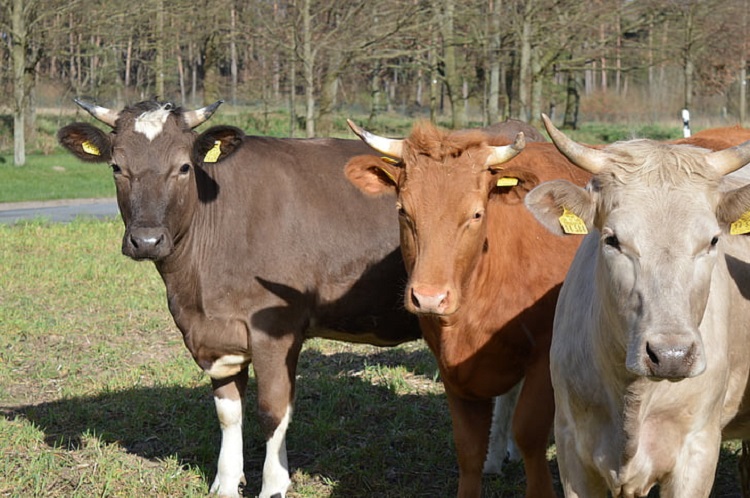
Beef cows make up the majority of the cattle population in the US, with the figures for 2023 standing at 28.9 million head of steers, according to the US Department of Agriculture Organization.
The Number of Black Angus Cows in the US Is 330,000 (AGDaily)
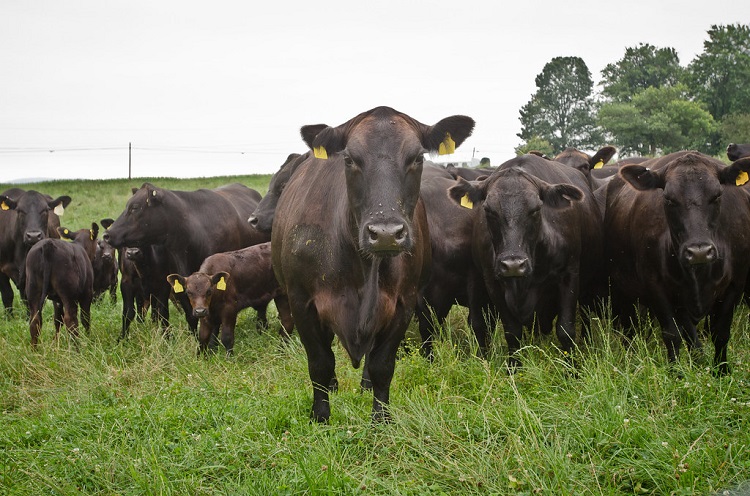
Black Angus cows became a popular breed in the 19th century in the US, and due to their hardy nature, these beef cows thrived, soon reaching current numbers of 330,000. Black Angus cows produce superior quality meat (thanks to the marbling), and these cows are often raised as free-range herds that are grass-fed. (source)
Dairy Cows in the US Make a Total of 9.4 Million (US Department of Agriculture)
Milk production is the second most profitable part of the cattle industry. Dairy cows make up 9.4 million heads in the 2023 year.
The Most Advertised Milk-Producing Cow Is Holstein Friesian (Science Direct)

The Holstein Friesian is a large milk-producing cow that originates in West Friesland and North Holland. Holstein Friesians are known to produce as much as 7-8 gallons of milk per day.
Because Holstein Friesians are such good milk producers, the breed is one of the most popular milk-production cows in the US.
Stat Shows One of the Most Adaptable Cow Breeds in the US Is the Hereford (Scawfell Genetics)
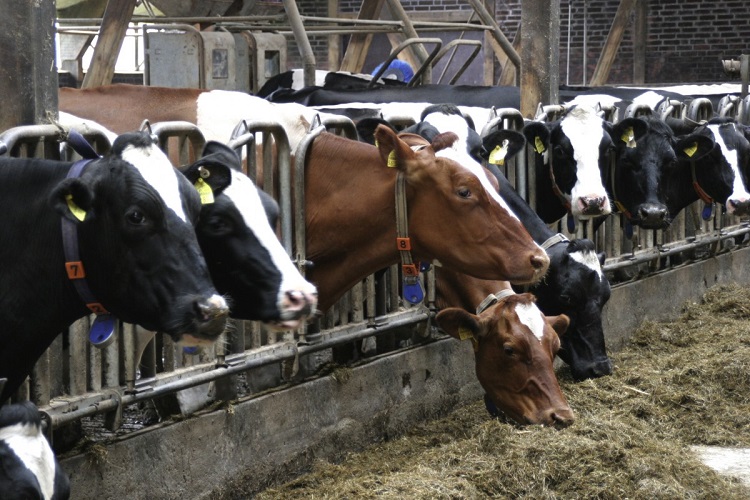
Hereford cows originated in Herefordshire, the UK. The breed is known to be long-lived, with breeding pairs still producing quality offspring deep into their teens.
The best qualities of this genetically superior breed are their ability to maintain and gain weight on grazing alone with no need for concentrated feeds and their fertility and easy calving ability. (source)
I often see Hereford cows in the paddocks around where I live, and their white faces and dewlap make me think of a calf that stole milk, which ran all the way to their bellies. They are cute cattle, and it’s interesting to note that when cross-bred, the resulting offspring will retain the Hereford parent’s white face.
Texas Has the Highest Number of Cattle in Excess of 12.5 Million (NASS, USDA)
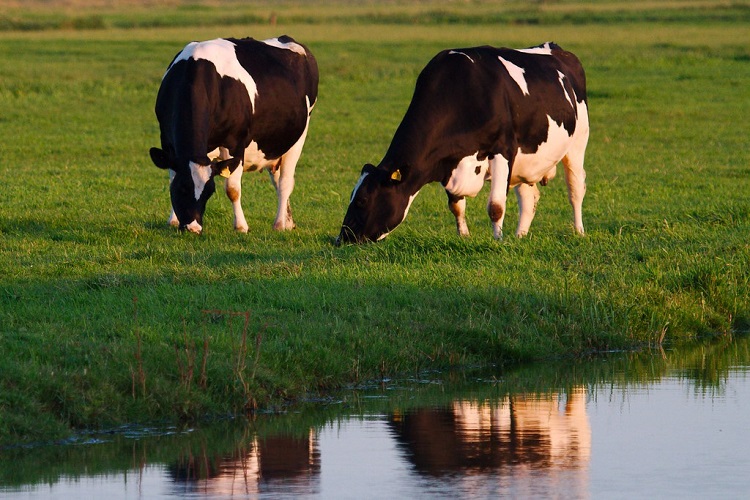
Texas is known as the Lone Star state, but they are also known as the cattle kingdom in the US, with over 12.5 million cows produced in 2023. (source)
Beef is one of the major products of Texas, placing it in the lead as the state with the highest number of cattle. Nebraska and Kansas are some distance behind, each only yielding 6.5 million and 6.25 million, respectively.
Impact of Cattle on Environment
One of the major concerns I have with the cattle industry is the impact of all those cows and steers on the environment. While many may see cows and steers as natural animals, there is a significant risk that producing all those animals causes to the local environment and ecology.
Wanting to know more, I found some disturbing and unexpected results.
Almost 231 Billion Pounds of Methane Gas Is Produced per Year by Meat Producing Cows (EPA.gov)

With 1.5 billion cows on the planet, the methane gas produced from each cow starts to add up, and this has a massive effect of increasing greenhouse gasses. As EPA states, the cows raised for meat release 231 billion pounds of methane annually. In a research trial run at UC Davis, a cow was hooked up to a set of breathing apparatus to measure the methane emissions produced by belching while feeding.
The cow produced the equivalent of 220 pounds of methane gas per year (which is more toxic than carbon dioxide), making cows the no# 1 source of agricultural greenhouse gasses.
I had to wonder, if this was only from belching, just how much methane was produced from the other end of the cow? Cows produce copious amounts of manure, and this releases methane too.
15% of All Greenhouse Gas Emissions are caused by Livestock, but Mostly from Beef and Dairy Cows (Mercy for Animals)
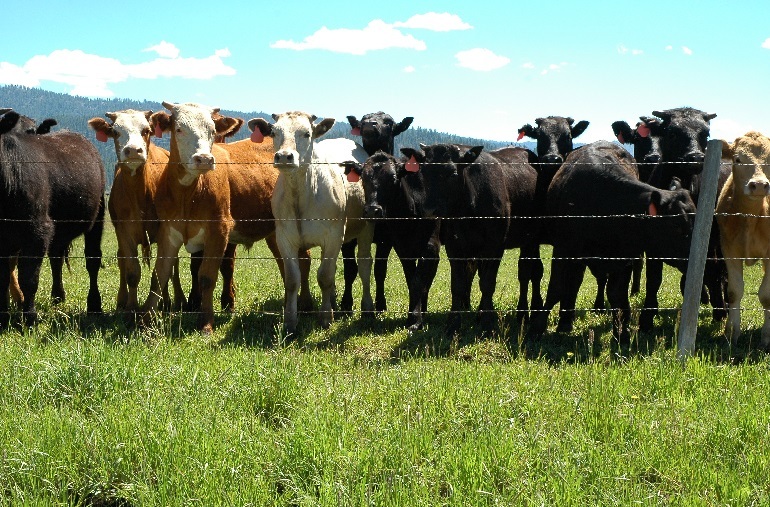
The Food and Agriculture Organization of the United Nations found that cattle produce the majority of 15% of all greenhouse gasses attributed to farmed animals worldwide.
What’s more, many of these emissions are concentrated in specific areas around feedlots, where hundreds of cattle are kept in pens and fed on grain and concentrates, which results in an increased production of methane.
This is why, when you drive past a feedlot, we all know to hold our breath since it smells so absolutely vile.
91% of the Amazon Rainforest Has Been Destroyed to Make Room for Cattle Production (Mercy for Animals)
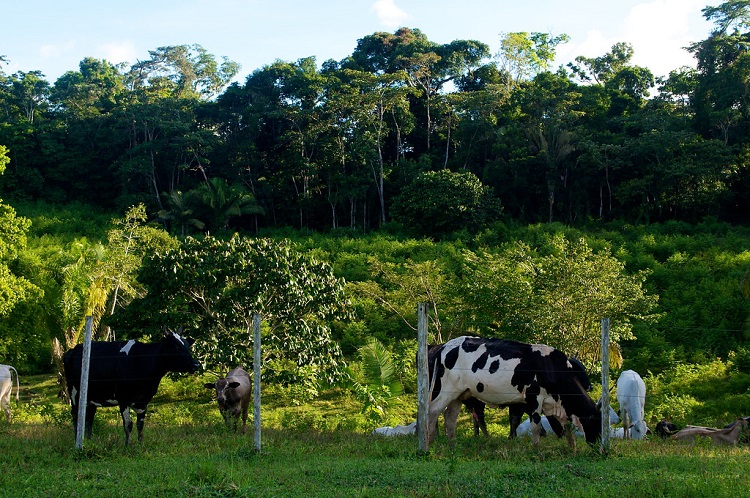
South America is one of the largest cattle producers, with countries like Brazil, Uruguay, and Argentina ranking high in the world’s cattle-producing nations.
To ensure pastureland for all these cattle, the indigenous rainforests of the Amazon jungle have been systematically destroyed for animal agriculture. To date, over 91% of the Amazonian rainforest has been cut down and burned to make room for vast herds of cattle.
FAQ’s
How Many Cows Are on Earth?
There are approximately 1.5 billion cows on earth. Most of the cow population is found in India, Brazil, and the US. On average, there is one cow for every five people on earth.
Why Are Cows So Popular?
Cows are large animals that produce a substantial quantity of red meat, which makes up a big part of some people’s diets as a form of animal protein. Cows also produce milk, which can be processed into cheese, butter, cream, and other dairy products.
For many years, cows were considered a form of currency, and in some traditional cultures, there is still the custom of “paying” for a bride in cows. In South Africa, this is called lobola.
For this reason, cows are still highly popular in the world, whether to sell the cows for money by commercial farmers or as wealth and investment for small-scale farmers.
Wrap Up
Cows will remain popular across the world as long as meat and milk are served. With a cow per five people, it’s also not likely that the human population will deplete the world’s cattle population any time soon.
However, with the increased pressure of producing more and more meat, animal cruelty in factory farms affects the quality of life that cows have, often exposing these gentle animals to cruel torture and abusive practices.
Several animal rescues help people with how to adopt an animal, such as a bull calf that’s born on a dairy farm, as these calves are usually slaughtered within days of birth.


